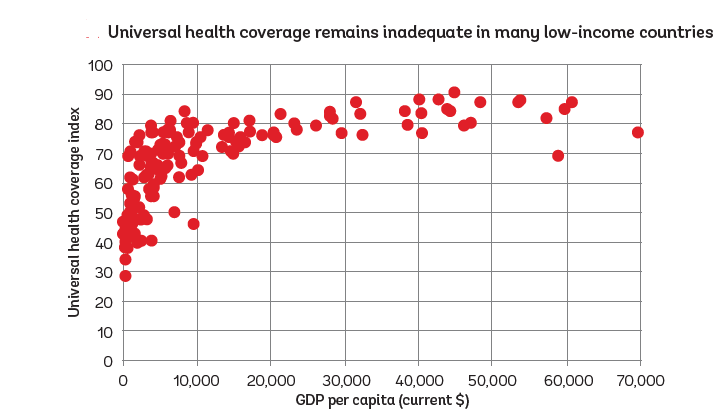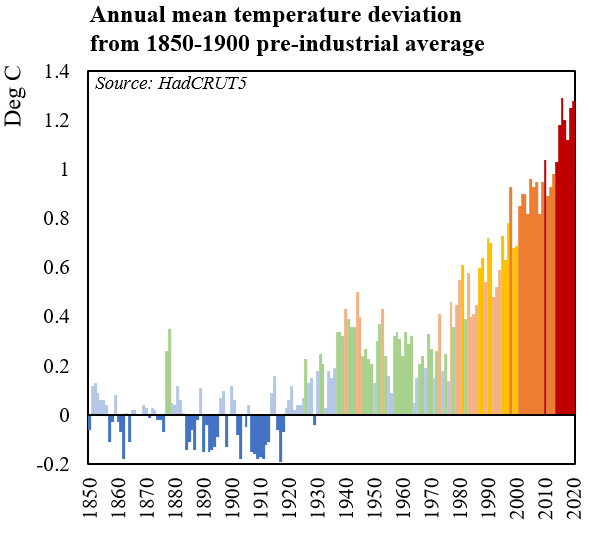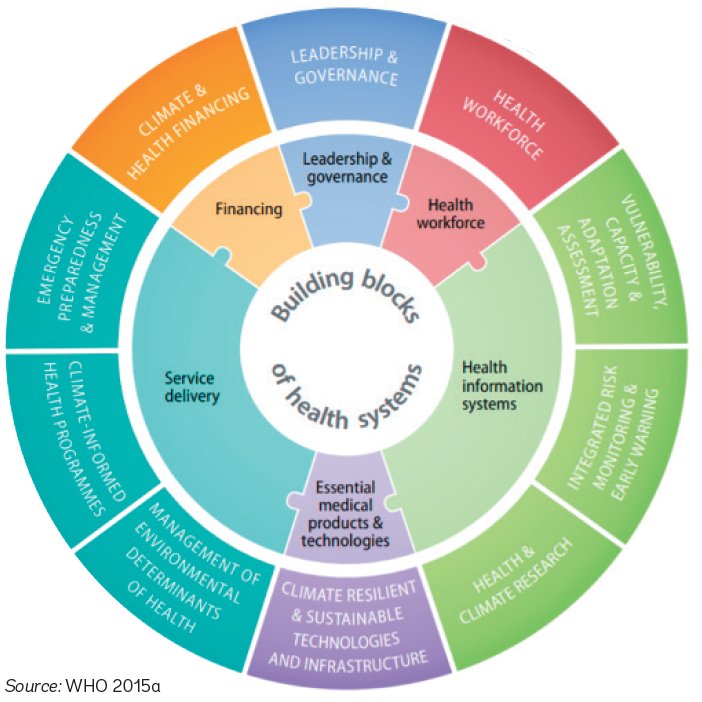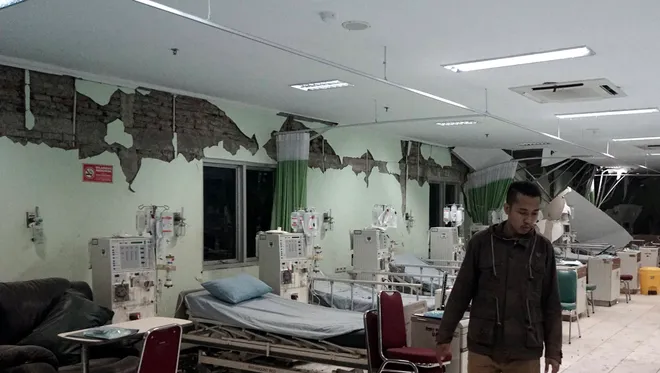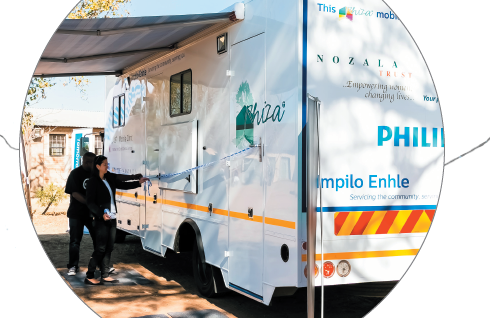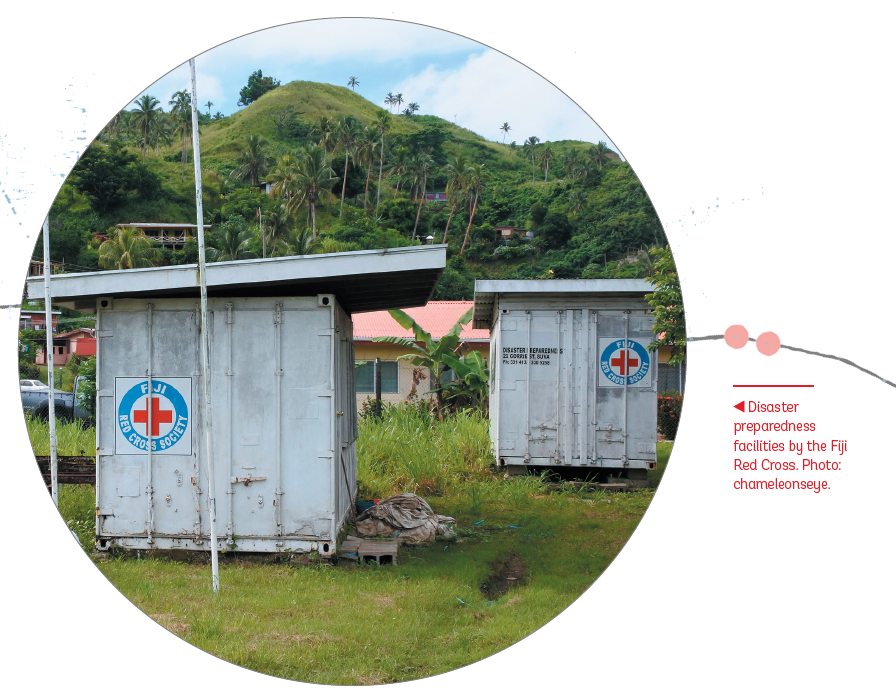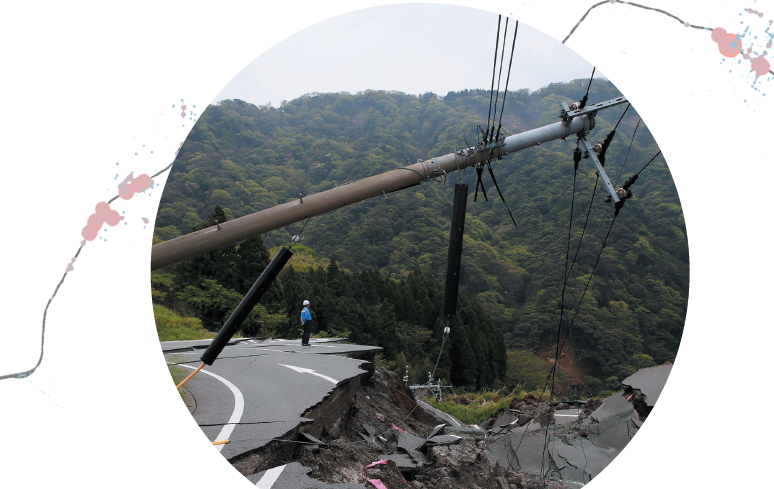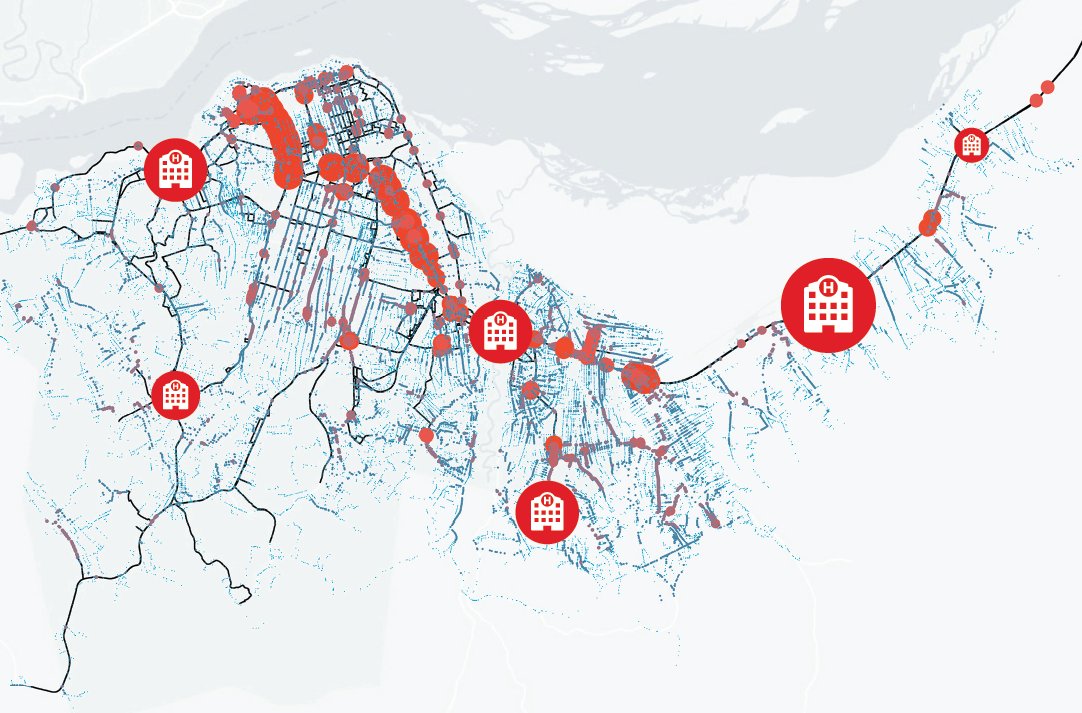#healthcare systems are at the frontline of delivering critical care during emergencies – from the regular flu season, to earthquakes, hurricanes, cholera outbreaks during floods, or of course #pandemics @GFDRR @SamehNWahba @DasMaitreyi https://twitter.com/GFDRR/status/1381939689226174465">https://twitter.com/GFDRR/sta...
But even before the #pandemic many health systems were struggling to meet routine demands – especially in low-income countries
Increasing disaster risks, climate change, new zoonotic diseases, but also demographic trends are adding pressures on already strained health systems
In the Frontline report we focus on the nexus between disaster risk management, public health, and quality infrastructure planning >> 5 areas for action:
1. Foundations: Building the capacity of health systems to effectively meet routine demands is a prerequisite for increasing resilience to shocks
2. Individual health care facilities: prepare staff and equipment to manage surge demand and protect facilities from shocks
3. Health care systems: coordinate across facilities and regions with flexible solutions >> eg. mobile clinics can rapidly shift capacity
4. Integrated emergency response: Establish close linkages between the health sector and disaster response and civil protection agencies >> search & rescue, military, community groups..
5. Lifeline infrastructure for resilient healthcare services: protect the water, transport, energy, and telecoms systems on which health systems depend

 Read on Twitter
Read on Twitter